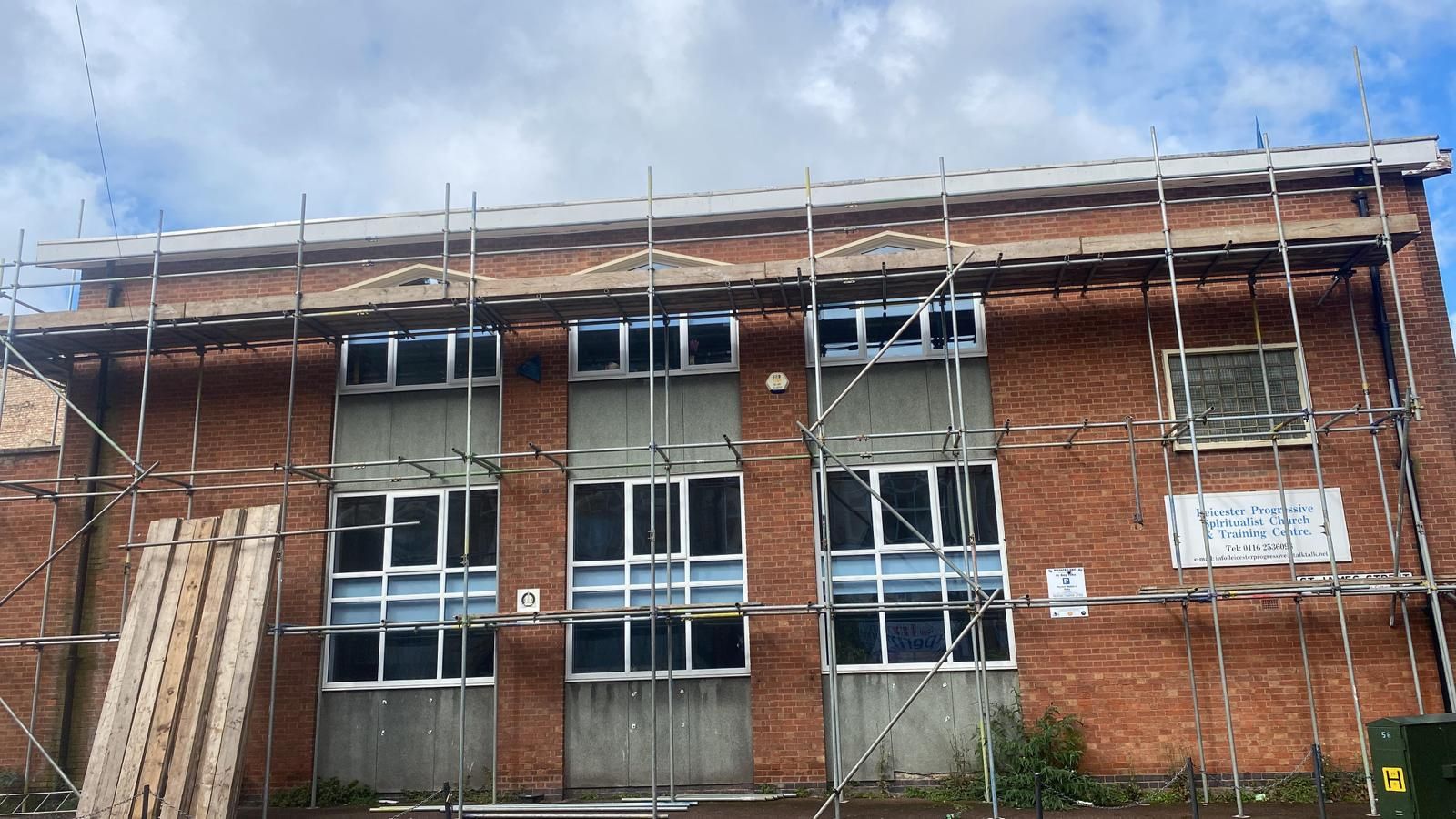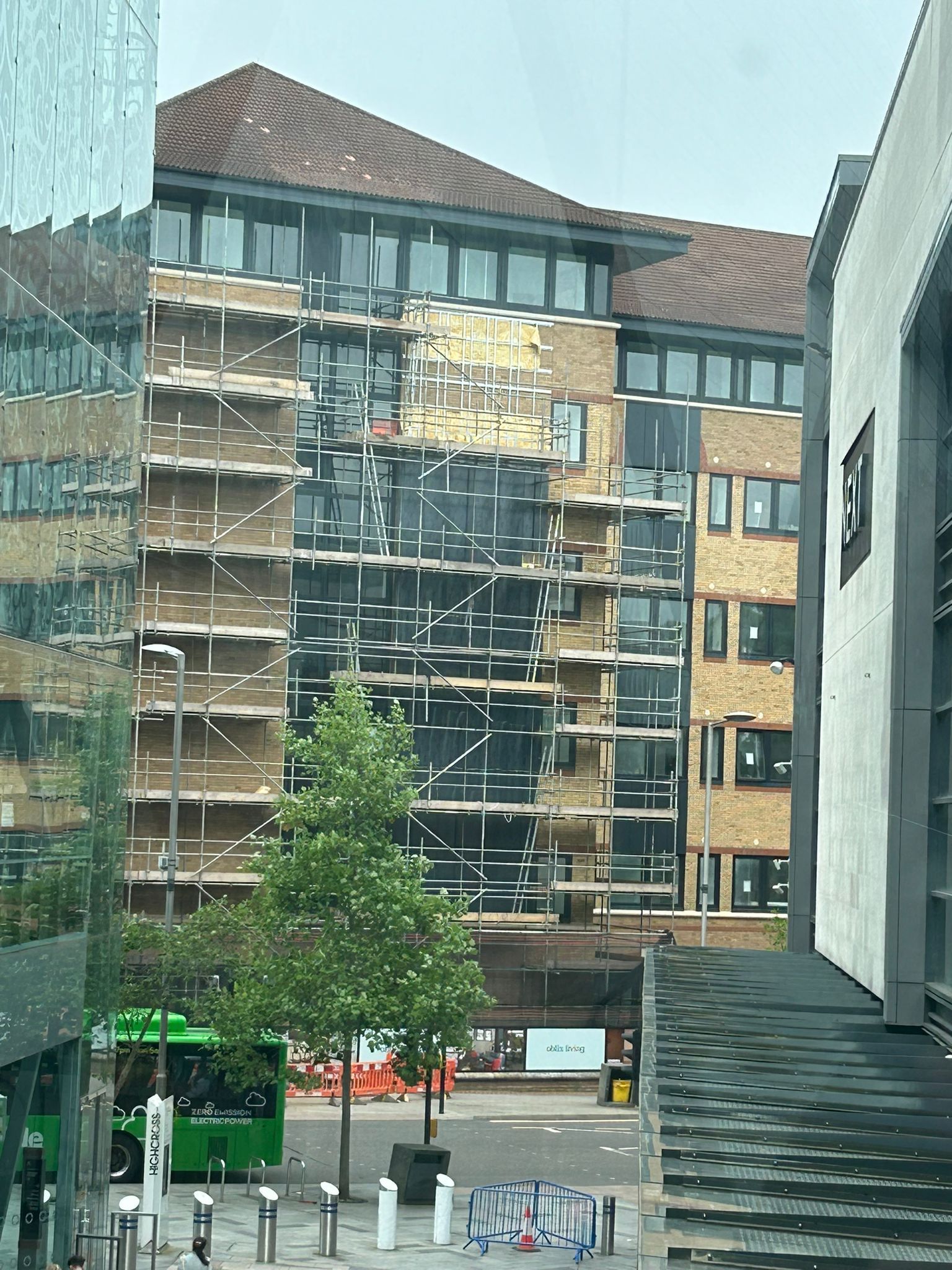Different Types of Access Equipment for Scaffolding Systems
Different Types of Access Equipment Used in Conjunction with Scaffolding Systems
Scaffolding systems are essential in construction, renovation, and maintenance projects, offering a safe and stable platform for workers to perform tasks at height. However, scaffolding alone often isn’t enough to provide comprehensive access to hard-to-reach areas. This is where additional access equipment comes into play. From ladders to powered lifts, these tools enhance the usability and efficiency of scaffolding systems.
In this blog post, we’ll explore the different types of access equipment that complement scaffolding systems. Whether you’re managing a large construction project or a simple building repair, understanding the right tools for the job is key to ensuring safety, efficiency, and cost-effectiveness.
Introduction: Why Access Equipment Matters
Scaffolding systems form the backbone of many work-at-height operations, offering versatility and structural stability. However, even the most advanced scaffolding setup has limitations. Access equipment bridges these gaps, enabling workers to navigate scaffolding, reach otherwise inaccessible areas, and perform specialized tasks with greater ease.
Choosing the right access equipment is critical for ensuring worker safety and project efficiency. With numerous options available, selecting the best tools for your needs requires careful consideration of factors such as height, load capacity, and site conditions.
Let’s dive into the various types of access equipment that enhance scaffolding systems, their features, and their applications.
Types of Access Equipment for Scaffolding Systems
Ladders
Ladders are one of the simplest yet most indispensable types of access equipment used alongside scaffolding systems. They are often used for climbing to and from scaffolding platforms or reaching areas that scaffolding alone cannot access.
Common Types of Ladders Used with Scaffolding:
- Extension Ladders: Adjustable in height, ideal for reaching tall structures.
- Step Ladders: Freestanding and useful for lower-height tasks.
- Hook-on Ladders: Specifically designed to attach securely to scaffolding frames.
Advantages of Ladders:
- Lightweight and portable.
- Cost-effective and easy to use.
- Versatile for different height requirements.
Limitations:
- Not suitable for prolonged work at height.
- Limited load-bearing capacity compared to other access equipment.
Mobile Scaffolding Towers
Mobile scaffolding towers are standalone scaffolding units with wheels for easy movement. They are often used for tasks that require frequent repositioning, such as painting or plastering.
Features of Mobile Scaffolding Towers:
- Wheels with Locking Mechanisms: Ensure stability when the tower is stationary.
- Adjustable Heights: Allow workers to perform tasks at varying levels.
Advantages:
- Easy to relocate without disassembling.
- Provide a stable platform for multiple workers.
Limitations:
- It is not ideal for uneven or sloped surfaces.
- Larger towers can be cumbersome when moving in tight spaces.
Rope and Pulley Systems
Rope and pulley systems are commonly used with scaffolding to transport materials and tools to elevated platforms. These systems are particularly useful on large construction sites where manual lifting would be inefficient.
Advantages:
- Reduces manual labor and increases efficiency.
- Simple to install and operate.
Limitations:
- Requires proper training to ensure safe use.
- Limited by the strength and quality of the rope and pulleys.
Hoists
Hoists are mechanical devices designed to lift heavy materials or equipment to scaffolding platforms. They come in various types, including manual, electric, and hydraulic hoists.
Applications of Hoists:
- Transporting construction materials such as bricks, cement, and steel.
- Lifting tools and machinery to elevated workspaces.
Advantages:
- Efficient for heavy lifting tasks.
- Reduces worker fatigue and speeds up operations.
Limitations:
- Require regular maintenance.
- Higher upfront cost compared to simpler lifting systems.
Stair Towers
Stair towers are modular systems that integrate with scaffolding to provide safe and efficient access to different levels. They are commonly used on large construction sites where workers need frequent access to various heights.
Advantages of Stair Towers:
- Provide safe and comfortable access compared to ladders.
- Allow for the transport of tools and small materials.
- Can be integrated into existing scaffolding setups.
Limitations:
- Require additional space for installation.
- More expensive than ladders or rope systems.
Suspended Platforms
Suspended platforms, also known as swing stages, are used for tasks requiring access to the exterior of tall buildings, such as window cleaning, painting, or facade repairs. These platforms are suspended from the roof and can be raised or lowered as needed.
Advantages of Suspended Platforms:
- Ideal for high-rise buildings.
- Adjustable height allows for precise positioning.
Limitations:
- Require specialized training and safety precautions.
- Expensive to set up and maintain.
Aerial Lifts
Aerial lifts, such as cherry pickers or boom lifts, are powered machines that provide mobile elevated platforms. They are often used in conjunction with scaffolding to access hard-to-reach areas.
Types of Aerial Lifts:
- Articulating Boom Lifts: Allow for flexible positioning around obstacles.
- Scissor Lifts: Provide vertical access with a wide platform.
Advantages:
- Quick and versatile access to high areas.
- Can be operated on uneven terrain with stabilizing features.
Limitations:
- Require proper training and certification to operate.
- High initial and operating costs.
Edge Protection Systems
Edge protection systems are safety features installed on scaffolding to prevent falls from elevated platforms. These include guardrails, toe boards, and safety nets.
Advantages:
- Enhance worker safety.
- Prevent tools and materials from falling.
Limitations:
- Do not provide access but are essential for safe work conditions.
Safety Considerations When Using Access Equipment
- Training: Workers must be trained to use access equipment properly.
- Load Capacity: Ensure all equipment can safely support the intended load.
- Regular Inspections: Inspect scaffolding and access equipment for damage or wear before use.
- Compliance: Follow all local regulations and safety standards for scaffolding and access equipment.
Frequently Asked Questions
What is the most common access equipment used with scaffolding?
Ladders and hoists are among the most commonly used access equipment due to their simplicity and versatility.
Can mobile scaffolding towers replace traditional scaffolding systems?
Mobile scaffolding towers are suitable for smaller projects but cannot replace traditional scaffolding for large-scale or high-rise constructions.
Are aerial lifts safer than ladders?
Aerial lifts provide greater stability and access to hard-to-reach areas, making them safer than ladders for certain tasks.
How often should scaffolding and access equipment be inspected?
Scaffolding and access equipment should be inspected before each use and at regular intervals during a project.
What is the best access equipment for high-rise buildings?
Suspended platforms and aerial lifts are ideal for high-rise buildings due to their height range and flexibility.
Can access equipment be rented instead of purchased?
Yes, many companies offer access equipment for rent, making it a cost-effective option for short-term projects.
Conclusion: Maximizing Efficiency with the Right Access Equipment
The right access equipment can significantly enhance the safety, efficiency, and productivity of scaffolding systems. From ladders and hoists to aerial lifts and suspended platforms, each type serves a specific purpose, making it essential to assess your project’s unique requirements before making a choice.
By investing in high-quality equipment and adhering to safety protocols, you can ensure that your team works efficiently and safely, no matter the complexity of the job.
For further information, Click here to visit our website or call Leicester Scaffolding Services JK on 0116 216 5534.
Click here to complete our contact form and see how we can help you with your scaffolding requirements.



